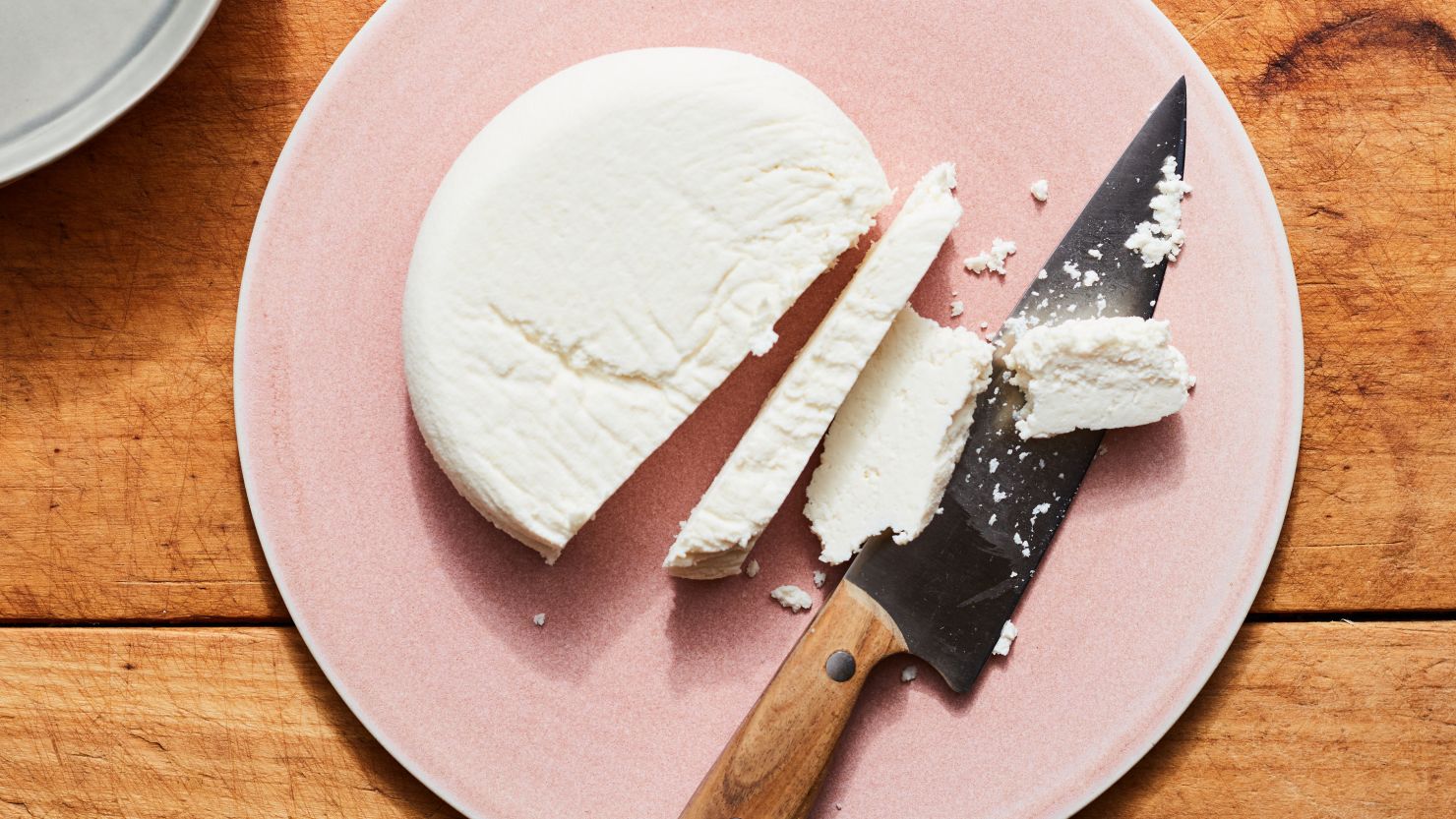Here’s an only-in-Vermont experience for you: In 10th grade biology class, we spent a month learning how to make cheese. No, seriously. We studied enzymes and sugars, took a field trip to a dairy farm and spent a lab period making mozzarella with Bunsen burners and beakers. While other kids learned the intricacies of the animal kingdom or the carbon cycle, my friends and I learned why sharp Cheddar is naturally lactose-free.
My biggest takeaway had nothing to do with proteins or lactic acid; it was that making cheese from scratch isn’t nearly as daunting as it sounds. If a group of high school sophomores can do it, then trust me, so can you.
Along with mozzarella, paneer is one of the most approachable cheeses there is. I took a stab at Aarti Sequeira’s recipe in high school as well, when I was first venturing into Indian cooking, and I’ve never looked back. Here’s why you should be making your own paneer, too.
To make paneer, all you need is two ingredients: a lemon and whole milk. Start by bringing the milk to a gentle boil. This only takes a few minutes, plus frequent stirring to make sure it doesn’t burn. When it starts to really bubble, turn off the heat and add the lemon juice. The acid will cause the milk to separate into curds and whey. Next, strain everything out into a cheesecloth-lined colander so you’re only left with the solids. Squeeze them into a ball, and let the remaining liquid drain out for a few minutes. Then, press into a flat disk. Put a plate on top and weigh it down with a can for about 20 minutes, so the disk becomes firm and compact. And that’s it! In 45 minutes, much of which is totally hands-off, your paneer is ready to eat as-is, cook with or store in the fridge.
Just note that a homemade block will be more delicate than the store-bought kind and crumble more easily. It won’t look perfect, but that’s okay.
Fresh, homemade paneer has a lot of upsides, one of which is that it’s incredibly cost-effective. A six-ounce block of commercially produced paneer can go for $9 at some stores, while a half gallon of milk and a lemon produce 12 ounces at a fraction of the cost.
Second, you can truly taste the difference in homemade paneer. While the store-bought kind is firm, sometimes verging on rubbery, fresh paneer is soft and rich. It still won’t melt, but it has a more decadent texture and milkier taste than its store-bought counterparts.
On top of all that, making cheese at home is like conducting a mini science experiment. It’s fascinating to transform two familiar ingredients into something new and learn more about how food works in the process. Making paneer is a fun, no-fuss way to satisfy some culinary curiosity, and you can take pride in the results. If you serve it to guests, I guarantee they’ll be amazed. Just be careful — once they know you’re capable of making paneer, they’ll expect you to make paneer forever. It’s a small price to pay for great cheesemaking power.


